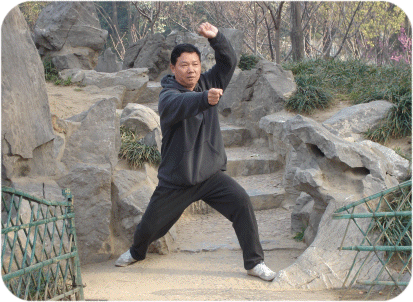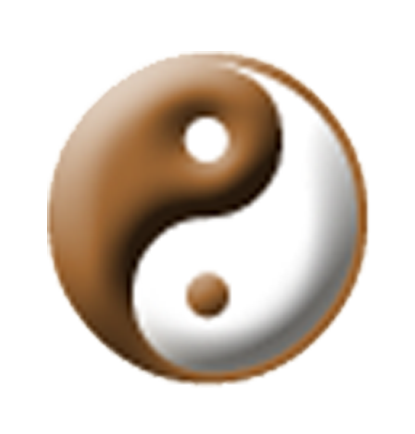Introduction to Xingyiquan (Hsing I Ch’uan)
Xingyi is one of the three major internal schools. With taiji and bagua, they comprise the internal dragon. Also called Mind-Form boxing, xingyi can be considered the head of the internal dragon. Xingyi methods include five element forms, twelve animal forms, linking forms, sword, and various other practice sets.
The following is translated from the original Chinese. If you prefer to view the original, you may do so in the Chinese section of our site. We welcome your comments and suggestions on improvements to the translation. Comments on the original Chinese may be emailed to Prof. Liu at yzliu at wudang.com.
Xingyiquan is an important component of Chinese Martial Arts, developed by craftsmen from past dynasties and an abundance of talented people. Many people refined it, and in this way it developed a high degree of perfection. Xingyiquan, according to legend, was invented by Respected Master Yue in the Southern Song (1127-1279 AD) period. (Yue Fei was not the author of the Xingyiquan “Nine Requirements Treatise,” as this needs to be more closely examined to be verified) Moreover, xingyiquan adopted the movements of fierce birds and ferocious beasts, and the fundamental five elements creative and destructive theory, thus producing this boxing to teach soldiers as well as causing a big split in the military of the Jin dynasty (1115-1234).
Around the time of the end of the Ming Dynasty (1268-1644) or the beginning of the Qing Dynasty (1644-1911), a person in the eastern part of Shanxi called Long Feng, or known as Long Feng, who in his youth became familiar with reading books of poetry and verses, and who was skilled in the art of the long spear, inquired everywhere for famous families skilled in striking, going beyond the border to Shaanxi at the end of the southern mountains. At the base of Jade Pillar Peak he met a hermit, who taught him and gave him Respected Master Yue’s “Nine Requirements Treatise” (Yue Fei taught the martial Nine Requirements Treatise), “Five Elements,” and “Connected Boxing Forms.”

